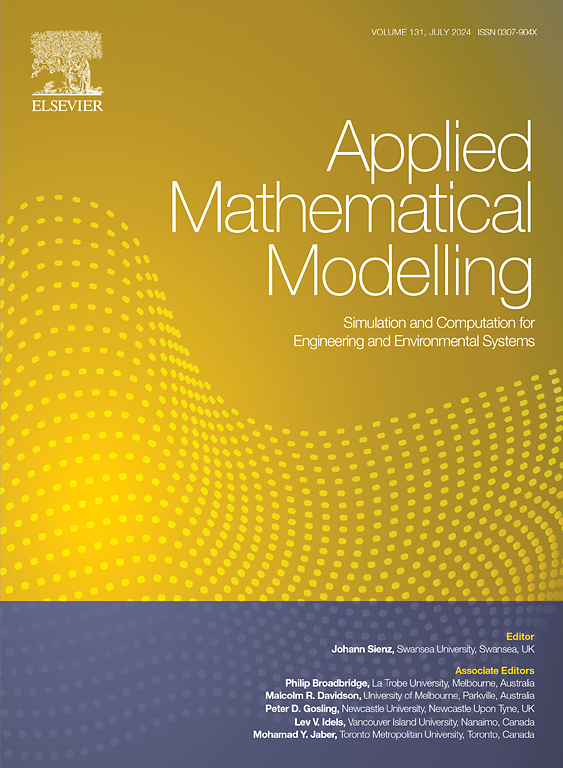Surrogate-based excavation trajectory generation of unmanned excavator under uncertainty
IF 4.4
2区 工程技术
Q1 ENGINEERING, MULTIDISCIPLINARY
引用次数: 0
Abstract
Generating a reliable excavation trajectory is the essential precondition for unmanned excavators to achieve safe and energy-efficient operation. Conventional trajectory planning methods often oversimplify the geometric path by using predefined curve types for parameterization and typically neglect environmental uncertainties. These simplifications can constrain the optimization space and reduce the practical executability of the generated trajectories, ultimately limiting excavation performance and adaptability in complex, variable working conditions. To address this challenge, this study presents a surrogate-based excavation trajectory generation method that considers soil parameters uncertainty. First, the distributions of unknown parameters in soil mechanics equation are determined by minimizing discrepancies between measured and estimated excavation forces. Next, a surrogate‐based excavation trajectory generation method is proposed to enhance performance by increasing path flexibility, and reliability constraints are incorporated to mitigate the effects of soil excavability on autonomous operation. Finally, the methodology’s effectiveness is systematically validated through numerical experiments.
不确定条件下基于代理的无人挖掘机挖掘轨迹生成
生成可靠的挖掘轨迹是无人驾驶挖掘机实现安全节能运行的必要前提。传统的轨迹规划方法往往通过使用预定义的曲线类型进行参数化来过度简化几何路径,并且通常忽略了环境的不确定性。这些简化限制了优化空间,降低了生成轨迹的实际可执行性,最终限制了复杂多变工作条件下的开挖性能和适应性。为了解决这一挑战,本研究提出了一种考虑土壤参数不确定性的基于代理的开挖轨迹生成方法。首先,通过最小化实测开挖力与估算开挖力之间的差异来确定土力学方程中未知参数的分布。接下来,提出了一种基于代理的挖掘轨迹生成方法,通过增加路径的灵活性来提高性能,并结合可靠性约束来减轻土壤可挖掘性对自主操作的影响。最后,通过数值实验系统地验证了该方法的有效性。
本文章由计算机程序翻译,如有差异,请以英文原文为准。
求助全文
约1分钟内获得全文
求助全文
来源期刊

Applied Mathematical Modelling
数学-工程:综合
CiteScore
9.80
自引率
8.00%
发文量
508
审稿时长
43 days
期刊介绍:
Applied Mathematical Modelling focuses on research related to the mathematical modelling of engineering and environmental processes, manufacturing, and industrial systems. A significant emerging area of research activity involves multiphysics processes, and contributions in this area are particularly encouraged.
This influential publication covers a wide spectrum of subjects including heat transfer, fluid mechanics, CFD, and transport phenomena; solid mechanics and mechanics of metals; electromagnets and MHD; reliability modelling and system optimization; finite volume, finite element, and boundary element procedures; modelling of inventory, industrial, manufacturing and logistics systems for viable decision making; civil engineering systems and structures; mineral and energy resources; relevant software engineering issues associated with CAD and CAE; and materials and metallurgical engineering.
Applied Mathematical Modelling is primarily interested in papers developing increased insights into real-world problems through novel mathematical modelling, novel applications or a combination of these. Papers employing existing numerical techniques must demonstrate sufficient novelty in the solution of practical problems. Papers on fuzzy logic in decision-making or purely financial mathematics are normally not considered. Research on fractional differential equations, bifurcation, and numerical methods needs to include practical examples. Population dynamics must solve realistic scenarios. Papers in the area of logistics and business modelling should demonstrate meaningful managerial insight. Submissions with no real-world application will not be considered.
 求助内容:
求助内容: 应助结果提醒方式:
应助结果提醒方式:


